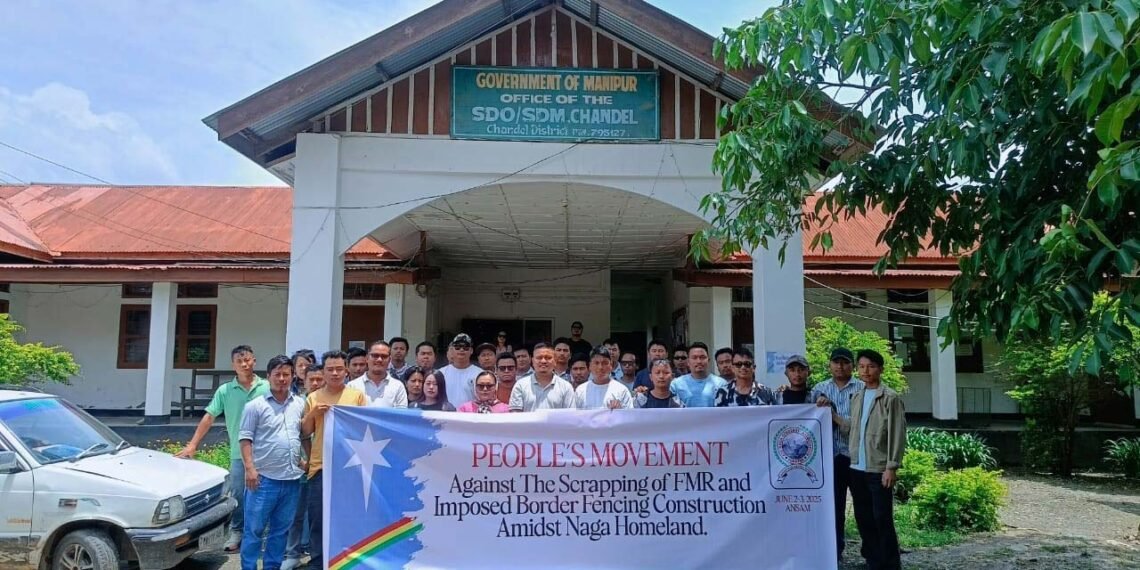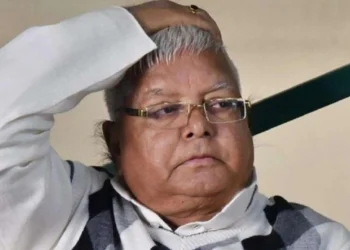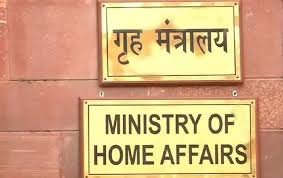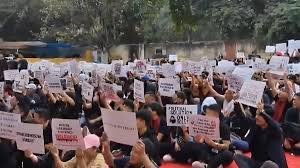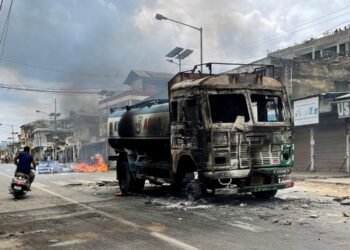Calling the move a threat to ancestral ties and indigenous rights, Naga student bodies warned the border fence would divide families, disrupt livelihoods, and erase historical kinship across the international line.
BY PC Bureau
June 23, 2025 — Government offices and banking services across Naga-dominated regions of Manipur and Nagaland ground to a halt today as thousands of students launched a five-day office picketing campaign to protest the Indian government’s decision to scrap the Free Movement Regime (FMR) and construct fencing along the 1,643-km Indo-Myanmar border.
The coordinated action, spearheaded by the All Naga Students’ Association, Manipur (ANSAM) and the Naga Students’ Federation (NSF), marks a dramatic escalation in opposition to policies that Naga communities say threaten their cultural, social, and ancestral ties across the international boundary.
From 6 a.m., protests erupted across Manipur’s hill districts—Senapati, Ukhrul, Chandel, Tamenglong, and Kamjong—where ANSAM activists locked government offices and halted administrative operations. In Senapati, over 2,500 protesters, led by the Senapati District Students’ Association (SDSA), held banners reading “Nagas Are One — No Fencing” and “Reinstate FMR.”
In Ukhrul, the Tangkhul Naga Wungnao Long enforced a total bandh, paralyzing civil services. ANSAM president Th Angteshang Maring issued a stern warning to contractors engaged in fencing operations, saying, “We will hold them accountable for any untoward incidents.”
READ: KOHUR Digs Up History to Assert: “Kuki Hills” Existed Before Manipur
In Nagaland, the NSF mobilized thousands across Kohima, Mokokchung, Shamator, Noklak, and Kiphire. A massive rally in Kohima saw over 3,000 students and tribal leaders converge at the Old Secretariat Complex, denouncing what they called an “artificial border” imposed in 1967. NSF general secretary Vimezo Kezo, addressing protesters in Shamator, cited Article 36 of the UN Declaration on the Rights of Indigenous Peoples, asserting that fencing violates the right of indigenous communities to maintain cross-border kinship.
In Noklak, the Khiamniungan Students’ Union led a 1,500-strong protest demanding an immediate halt to fencing and restoration of the FMR.
The FMR, scrapped by the Union Home Ministry in February 2024, allowed visa-free travel within 16 km across the India–Myanmar border—a vital corridor for communities historically tied by culture, language, and family. Over 300 km of fencing has already been completed in Manipur’s Chandel and Tengnoupal districts, despite rising opposition.
Naga groups argue that the fencing and FMR rollback are being justified on the grounds of smuggling and illegal immigration—but say these concerns are misplaced and do not reflect the realities in Naga areas. “This border divides our people and our families,” said Maring in Senapati. “Fencing is an attack on our identity.”
Today, ANSAM submitted a memorandum to Prime Minister Narendra Modi, firmly rejecting claims that the FMR contributed to Manipur’s ethnic violence and emphasizing that Naga areas have not witnessed immigration-related unrest.
READ: Kuki Rights Body Accuses Biren Singh of Weaponizing History
The United Naga Council (UNC) estimated over 12,000 participants joined protests across Manipur. In Nagaland, the NSF’s rallies were supported by bodies like the Yimkhiung Tribal Council and the Eastern Nagaland Peoples’ Organisation, drawing similar numbers. Protesters also flagged environmental concerns, warning that fencing would disrupt wildlife migration and violate international conventions like the Convention on Migratory Species.
While Nagaland Chief Minister Neiphiu Rio has termed the issue “critical” and reaffirmed the state’s March 2025 resolution urging the Centre to reconsider, Manipur Chief Minister N. Biren Singh has defended the fencing as a security imperative, deepening the rift between valley and hill communities.
The campaign, scheduled to run until June 27, includes plans for expanded rallies, road blockades, and appeals to the United Nations and global Naga diaspora groups, with organizers framing the issue as a human rights crisis. With public support growing and government operations crippled, the Naga students’ movement signals an unwavering determination to resist policies that threaten their unity, heritage, and cross-border ties.


